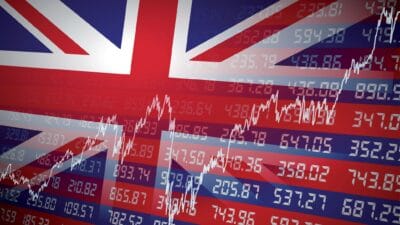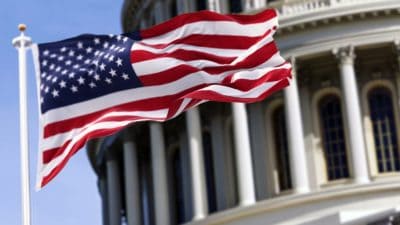One of the risks of being an income investor is that you can be seduced by attractive yields, which are sometimes a symptom of a declining business or a falling share price.
Take SSE (LSE: SSE) (NASDAQOTH: SSEZY.US), for example. The firm’s 6.6% prospective yield is seriously attractive, but SSE’s share price has fallen by 15% over the last three months, wiping out any dividend returns and leaving investors looking at an uncertain future.
What will SSE’s total return be?
As a SSE shareholder, I’m tempted to top up my holding and improve my yield on cost, but I need to have some idea of the likely total return — capital gains plus dividends — from SSE over the next few years.
Should you invest £1,000 in Vistry right now?
When investing expert Mark Rogers has a stock tip, it can pay to listen. After all, the flagship Motley Fool Share Advisor newsletter he has run for nearly a decade has provided thousands of paying members with top stock recommendations from the UK and US markets. And right now, Mark thinks there are 6 standout stocks that investors should consider buying. Want to see if Vistry made the list?
Can the UK’s third-largest utility outperform the long-term average total return of 8% I’d expect from my benchmark, a FTSE 100 tracker?
The dividend discount model is a technique that’s widely used to value dividend-paying shares. A variation of this model also allows you to calculate the expected rate of return on a dividend-paying share:
Total return = (Prospective dividend ÷ current share price) + expected dividend growth rate
Here’s how this formula looks for SSE:
(87.9 ÷1334) + 0.045 = 0.111 x 100 = 11.1%
My model suggests that SSE shares could deliver an annual total return of 11.1% over the next few years, modestly outperforming the long-term average total return of 8% per year I’d expect from a FTSE 100 tracker.
Isn’t this too simple?
One limitation of this formula is that it doesn’t tell you whether a company can afford to keep paying and growing its dividend.
My preferred measure of dividend affordability is free cash flow — the operating cash flow that’s left after capital expenditure, tax costs and interest payments.
Free cash flow = operating cash flow – tax – capital expenditure – net interest
SSE’s free cash flow was a rather feeble £86m last year — nowhere near enough to cover the £515m it paid in dividends. That means it had to rely on reserves — previously saved profits — to pay shareholders.
The situation looks likely to be similar this year, highlighting how stretched SSE’s cash flow is. However, the firm’s 14-year unbroken history of above-inflation dividend growth suggests that it will find a way of maintaining its payout to shareholders.







